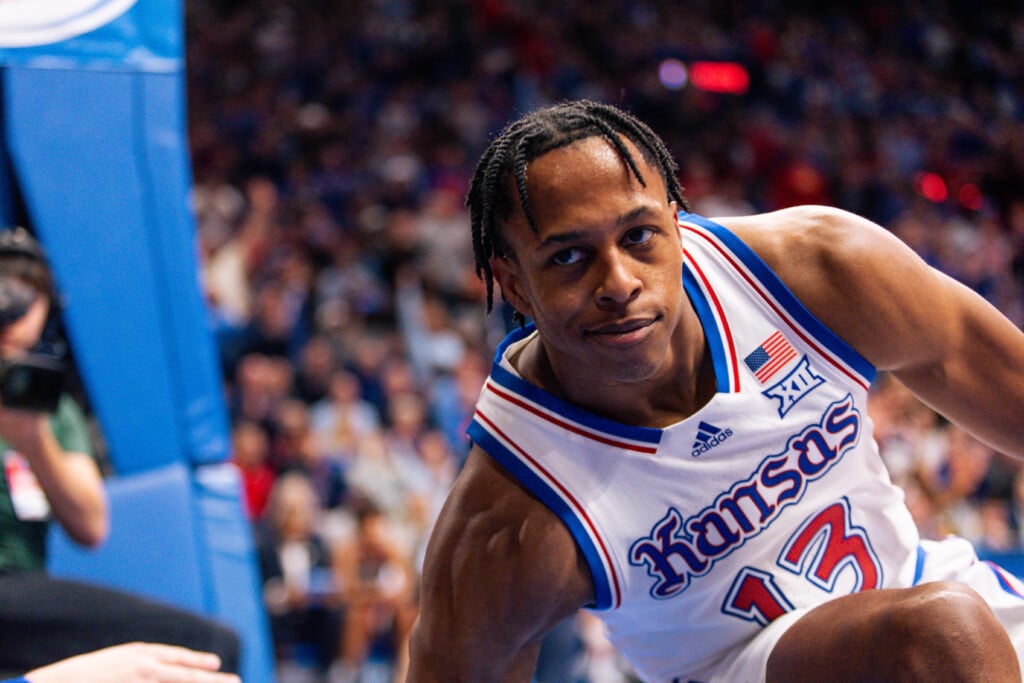Income Taxidermy

Union Station’s Web site tells a little lie. “Union Station does not receive any tax dollars,” the site says on a page reserved for frequently asked questions.
Actually, it does.
Union Station receives more than $1 million a year from residents of Kansas City, Missouri, for managing a forgettable regional history museum. The owner of a $100,000 home pays $20 each year to support the Kansas City Museum at Corinthian Hall, a crumbling mansion off Gladstone Boulevard.
The city owns the mansion. Union Station Kansas City Inc. runs the museum and receives the tax proceeds, which amounted to more than $1.3 million in 2003.
Politicians are beginning to question how the money is spent. Kansas City, Missouri, Councilwoman Deb Hermann wants the Union Station task force appointed by Mayor Kay Barnes to form a Kansas City Museum subcommittee. Jackson County Legislature Vice Chairman Henry Rizzo has asked for an audit.
Rizzo suspects that a portion of the tax levy is not being spent on the museum. “The subsidy is not all ending up over there,” he tells the Pitch.
Museum supporters share Rizzo’s suspicion. Money that is supposed to go to Corinthian Hall is instead “being sucked out by Union Station,” says Tim Sullivan, president of Friends of the Kansas City Museum. Union Station has run multimillion-dollar deficits since it reopened to the public in 1999 with a failed major attraction, Science City.
A trip to the Kansas City Museum illustrates why Sullivan thinks he hears a sucking sound. A collapsed portico greets visitors who enter Corinthian Hall from the rear. Inside, the permanent exhibits tell the stories of Osage Indians and westward expansion in dull fashion. On an upper floor, the special exhibit Timeless Toys offers delights for only the most deprived children. The lone opportunity for play is a basket of cheap puppets.
A planetarium and a natural history exhibit also are on the grounds. The latter is a journey into dusty taxidermy. Behind glass, a stuffed bobcat eyes a stuffed cottontail rabbit. “Those poor things needed to be buried a long time ago,” Sullivan says.
Why has the museum become an island of misfit artifacts? Its advocates say it began when the Kansas City Museum Association decided in the early ’90s that it wanted to build a flashy science center. To lead the effort, the association hired David Ucko, an MIT-trained chemistry professor. His vision, Science City, came to serve as the anchor for the renovated Union Station.
In 2000, the Kansas City Museum Association and the nonprofit that owned Union Station merged into one entity, Union Station Kansas City Inc. The museum disappeared from the consciousness as well as from the name of the new organization, says former City Councilwoman Teresa Loar. “It was the old elephant, and there was a shiny new toy in town.”
The tax levy, meanwhile, kept bringing in money.
Union Station Kansas City Chief Financial Officer Bud Jeffress refutes the charge that Union Station hoards the museum tax. In fact, he says, the money is spent at the museum for such things as personnel, security, telephones and office equipment. Insurance alone costs $124,000, Jeffress says. “It’s easy to make an observation, because we’re getting paid the money, that, ‘Oh, it’s going down there to fund the deficit.’ But that’s not the way it’s accounted for.” Audited financial statements for the years 2000-03 show that expenses at Corinthian Hall exceeded revenues by more than $3.5 million.
The statements, however, account for depreciation. Since late 2003, the museum has actually generated a cash surplus, Jeffress says.
City Auditor Mark Funkhouser concluded last year that the levy was being spent in accordance with the state law that allows Kansas City to collect a museum tax. But his report failed to convince all critics. “The money’s all been diverted, in my opinion,” says Loar, who requested the audit.
In the end, the Kansas City Museum’s problems may be more spiritual than financial. No one seems willing to take ownership of the place. Jeffress notes that the city budgeted money for a new roof at Corinthian Hall but never released the funds. Hermann and Rizzo say the museum has not been marketed adequately. “It’s like a raft adrift in the ocean,” Rizzo says.
The raft may be drifting back to shore. Sullivan says he has met already with Sean O’Byrne, Union Station’s interim CEO. Local historian Bill Worley was hired in April to think of new ways to showcase artifacts. At Christmas, the museum will offer teas and picture-taking with the Fairy Princess.
The museum is budgeted to run a $286,000 surplus in 2004. “There’s going to be cash left over to fund the operation or make program improvements or replace or upgrade the planetarium equipment … or to do some other things we can do that aren’t the city’s responsibility,” Jeffress says.
Hermann tells the Pitch that she will keep the museum on the agenda of the mayor’s task force. “I’m going to insist that it be part of the discussion,” she says.
As for getting the word out, though, museum boosters should not expect much in the coming weeks. To reduce the deficit, Union Station officials are cutting expenses, including the money spent on advertising.




